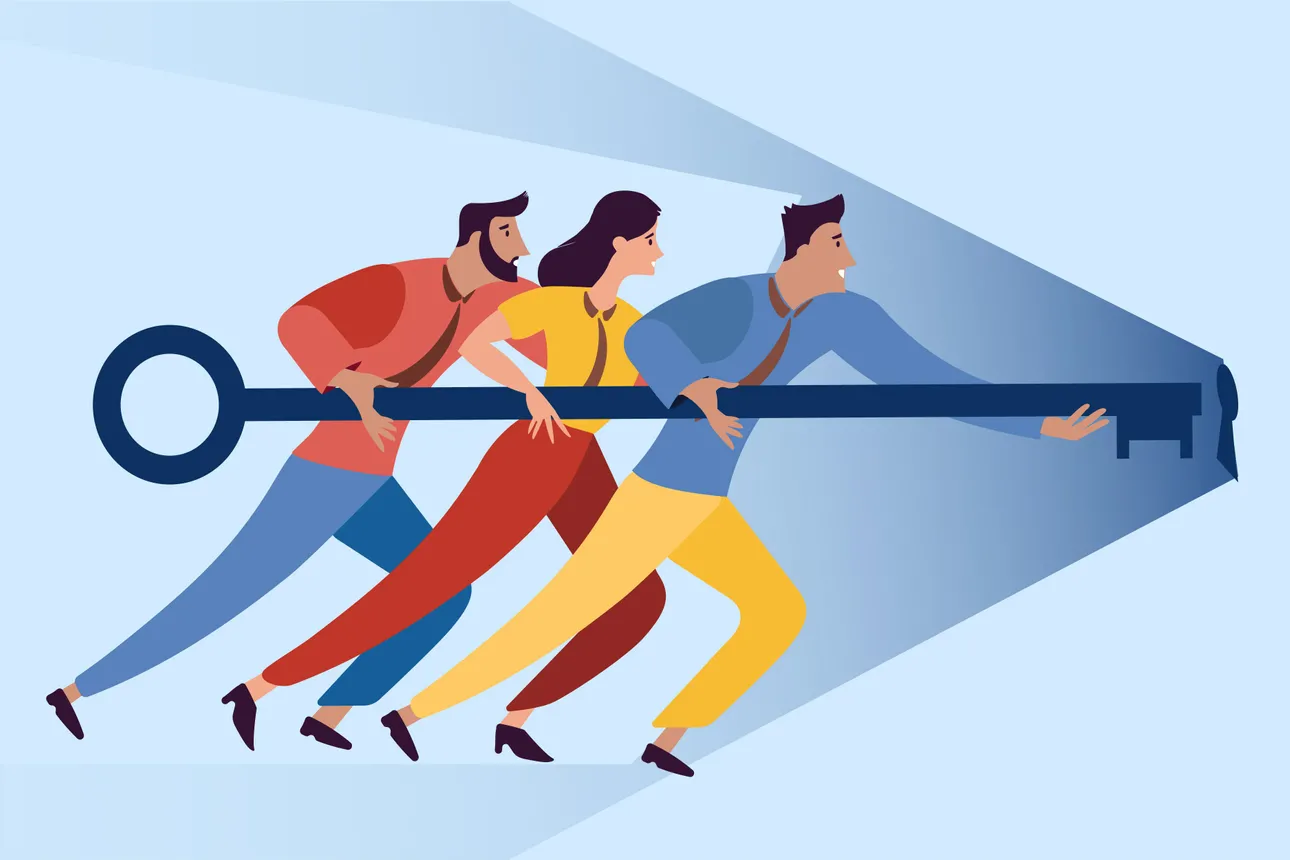In this fast-paced world of digitization, business houses are always on the lookout for ideas which will engage both their customers and employees. One such popular method that has been in focus for quite some time is gamification.
Gamification is the usage of game-like elements in a non-game context. This includes aspects such as points, badges, leaderboards, or challenges. The entire idea is to make tasks interesting and interactive like the escape room games. Besides, it helps encourage the participation of people.
But why do so many businesses employ this strategy? Let’s analyze some reasons behind the rising interest of businesses in gamification and how it shifts the face of business.
-
Getting Customers More Engaged
One of the prime reasons businesses opt for gamification is because it makes customers highly engaged. The inclusion of game-like elements on websites, apps, or marketing campaigns makes it more delightful to their customers.
For instance, some companies have reward schemes that run on the basis of points. Customers can earn points by, for instance taking an action such as purchasing a product or sharing content on their social media platforms. Later, they can redeem these points by getting a particular amount of discount, free offers, or other suitable privileges. In this way, the customer feels a sense of achievement and reward, and thus continues coming back for more.
-
Enhancing Labor Productivity
Gamification is not just for customers. It can also be used to enhance the performance of the employees. Many companies also apply game mechanics to make their jobs at work not so boring and motivating.
For example, employees get points or badges in meeting goals, accomplishing trainings or helping co-workers. These rewards, on one hand, recognize hard work, but also create fun and competitive environments.
For instance, a gamified system is largely used by the sales teams to compare their own performance with other members of the team. The above step will encourage the workers towards betterment and achieving targets because there is a chance of winning their target in such a case. This way, productivity becomes high, and the place appears to have more energy while working.
-
Enhanced Learning and Training
This form of gamification is also changing the face of business training and development. No longer will you find boring, repetitive training methods. The gamified learning method makes learning interesting and enjoyable.
Various quiz formats and challenges can be available for employees to engage in, or even simulations, where they could try using their skills with nothing much at risk. For example, Deloitte develops training programs for employees using gamification. The use of the lesson as fun challenge will keep the employee engaged for a long period and result in memory retention.
-
The Issue of Customer Loyalty
The firms are interested in knowing how to retain a customer and have loyalty towards them. The process of gamification plays a significant role here. A firm can develop a reward system or personalized challenges that will keep customers interested in its product or service.
Loyalty programs based on gamification often award points or badges as long as the customer is actively engaged. As they advance through different levels or achieve specific marks, they feel a sense of achievement and stick to the brand more.
-
Collecting Valuable Data
Through gamification, businesses will be able to collect information about their customers that can be valuable for future use. The way the users interact with the gamified system provides some knowledge about their preferences and behavior, allowing the businesses to work on perfecting their products or services to personalize the experience for their customers.
For example, most fitness applications rely on gamification techniques to drive exercise activities. Fitness applications track the user’s habits and thus collect data on his or her habits which can be used to provide such advice or challenges based on the related collected data.
-
Creating a Sense of Community
Gamification can also help businesses build a community around the brand. For example, by using leaderboards or through challenges where users pit against each other, camaraderie is set off.
It can generate a good kind of competition among their customers or employees. This activity develops bonding between the brand and its audience, making the customer relate to the company more.
Conclusion
Today, businesses are employing gamification to help divert mundane tasks into fun and rewarding things. Hence, they are engaging customers with business, increasing the productivity levels of employees, and gaining loyalty among the customer.
Because the digital world is emerging, most companies will eventually embrace gamification as a tactic to win and keep their audiences’ attention. After all, it is all about making work and play blend together in a seamless manner towards a win-win scenario between businesses and their users.



